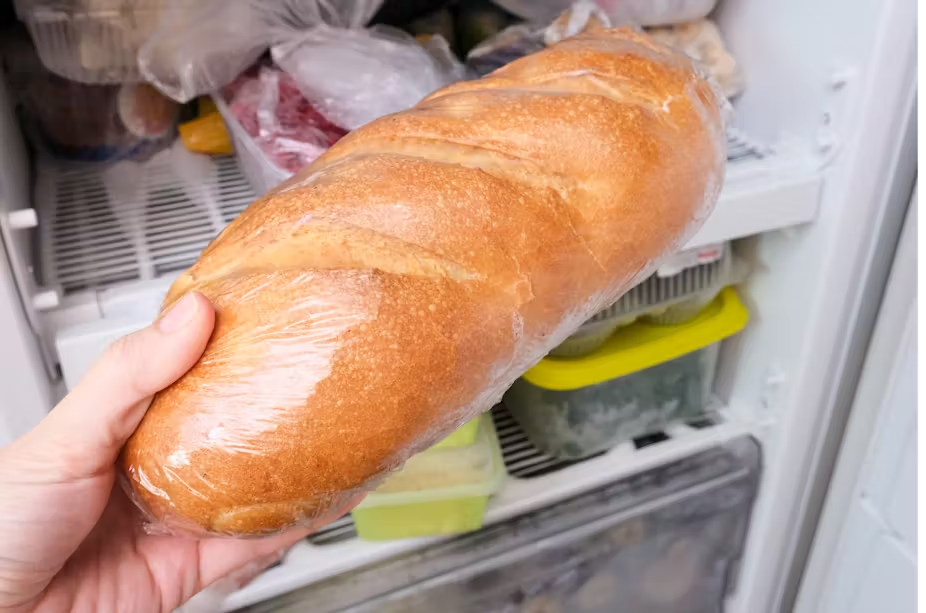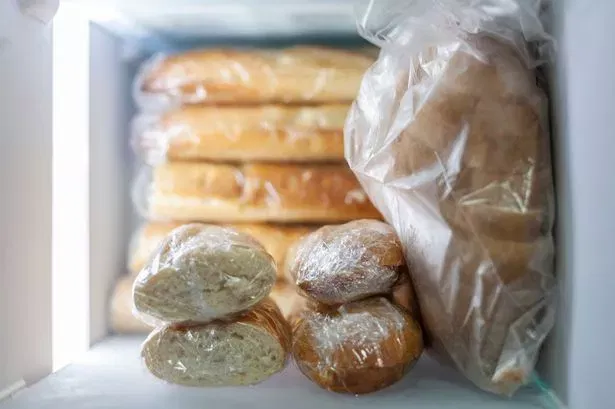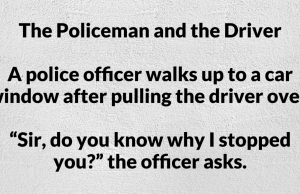
We’ve all been there: there’s too much bread at home, and instead of wasting it, we head straight to the freezer. Convenient, quick, and affordable… but is it truly safe? What if a common mistake converted this seemingly harmless gesture into a serious health issue?
Frozen bread without precautions is a mistake with surprising effects.
Slipping an unprotected baguette into the freezer is a common habit. However, according to baking pros, this process may expose the bread to contamination from other meals. Freezing does not destroy bacteria; it simply freezes them. However, if the bread is not wrapped, it may collect unpleasant scents, wetness, or, worse, bacteria from the freezer.
Consider a sponge, which behaves similarly to crumbs at low temperatures. It absorbs everything around it. What was the result? Health hazards and flavor loss.
How to securely freeze bread

Fortunately, there is a very simple way to freeze your bread securely and efficiently:
- Wrap the bread in an airtight freezer bag.
- Carefully close it, leaving no space for air.
- Mark the freezing date on it.
- Place it on the freezer’s coldest shelf, typically near the top.
No freezer bags? Cling film, aluminum foil, or even a paper bag from the bakery will suffice.
Bonus tip : To limit the infamous freezer burn (those white spots that dry out bread), combine two protections: first the film, then the paper bag.
What about homemade bread?

If you prefer to knead your own dough, one important thing to remember is to let it cool completely. Never freeze warm bread. Allow it to cool entirely at room temperature. Otherwise, you risk not only destroying the texture, but also warming up the rest of the freezer, which could be hazardous to other stored goods.
How long can you freeze bread?
Texture deteriorates. Above all, never refreeze previously thawed food. This applies to bread as much as it does to any other commodity.
How can you thaw bread so it tastes as nice as it does when it’s fresh?

There are various simple ways to thaw bread while keeping its quality:
- For those who prepare ahead, serve at room temperature and slowly.
- Bake for a few minutes at 150°C to achieve a crispy crust.
- Ideal for toasting sandwiches or country bread.
- What’s the secret? Avoid using the microwave, as it softens the crumb and makes the crust rubbery.
In summary: yes, freezing bread is an excellent idea… as long as you do it right!


















